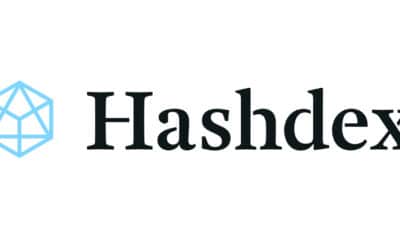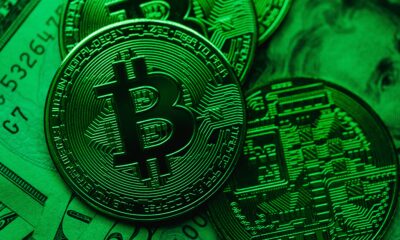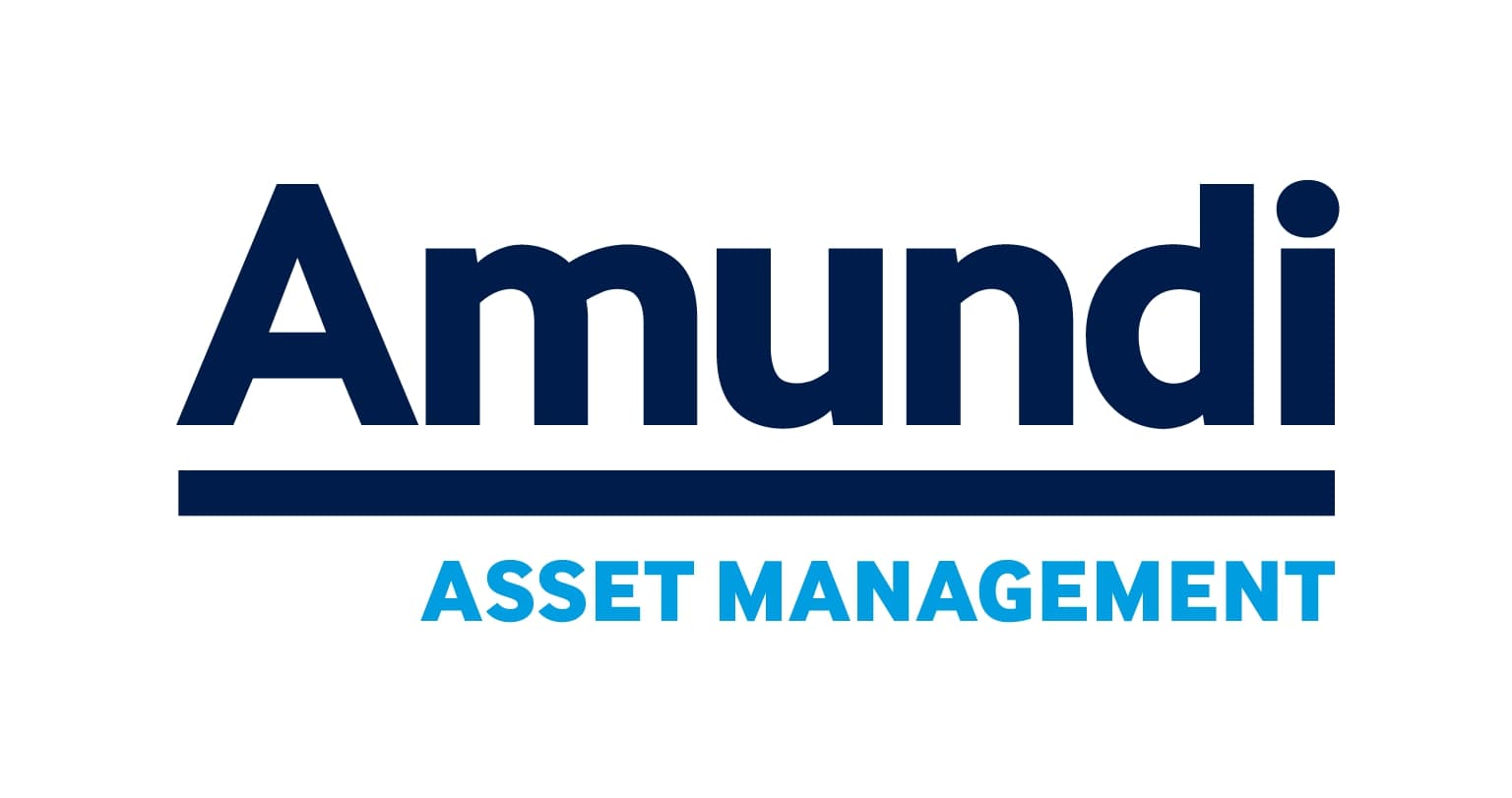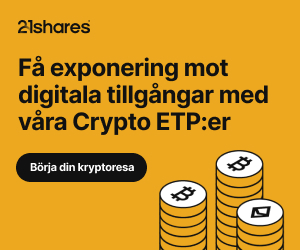ETF Securities Outlook 2016 April Update: Central bank separation anxiety: the seed of a policy error
The US Federal Reserve (Fed) has made a policy mistake. After raising rates for the first time in nine years, the Fed has held back from further hikes in 2016, heeding to market tantrums. At the same time, the European Central Bank (ECB) announced further policy easing including widening the types of assets it purchases from the market. Separation is hard. The Fed is struggling to focus on the strength of domestic fundamentals such as the strong labour market or increasing inflationary pressures and is reluctant to move too far from the pack. Instead it has revised its ‘dot-plot’ guidance to indicate it will only raise rates twice this year (down from four in December). We believe that will be insufficient to rein in prices and could lead to the central bank having to tighten more aggressively later in the cycle.
A global economic recovery is likely to provide a tailwind to industrial precious metal prices (silver, platinum and palladium). At the same time it is unlikely to derail gold, a more defensive asset.
Central bank policy will remain a supportive influence for gold. Along with the Swedish Riksbank, Danish National Bank, Swiss National Bank and the Bank of Japan, the ECB has adopted a policy of negative interest rates (NIRP). We argue that NIRP, whether in nominal or real terms, is positive for gold prices.
While emerging markets (EMs) have been in the doldrums for some time, we believe pessimism around EM bonds is overdone. We believe that investors are being overcompensated for emerging market credit risk and this presents a buying opportunity.
Given the low yields in developed markets, as EM sentiment improves, we expect inflows into EM bonds. That should support EM currencies. EMs are a heterogeneous group. Emerging European countries have relatively low levels of debts compared to their Latin American and Asian counterparts. On an inflation-adjusted basis, valuations favour Emerging European currencies.
After the sharp correction in equities in the first quarter of 2016, valuations in several sectors look compelling. Of particular note are cyber security stocks.
Volatility is an underutilised tool in making asset allocation decisions. We demonstrate that creating a trading signal to buy bonds when equity volatility spikes (and sell bonds when equity volatility subsides), can enhance returns when compared to a balanced portfolio or a trading signal based on relative yields between equities and bonds. Volatility is likely to remain a pervasive influence in 2016 as central bank policy creates uncertainty and investors need to be wary.
For more information contact
ETF Securities Research team
ETF Securities (UK) Limited
T +44 (0) 207 448 4336
E info@etfsecurities.com
Important Information
General
This communication has been provided by ETF Securities (UK) Limited (”ETFS UK”) which is authorised and regulated by the United Kingdom Financial Conduct Authority.
This is a strictly privileged and confidential communication between ETFS UK and its selected client. This communication contains information addressed only to a specific individual and is not intended for distribution to, or use by, any person other than the named addressee. This communication (i) is provided for informational purposes only, (ii) should not be construed in any manner as any solicitation or offer to buy or sell any securities or any related financial instruments, and (iii) should not be construed in any manner as a public offer of any securities or any related financial instruments. If you are not the named addressee, you should not disseminate, distribute or copy this communication. Please notify the sender immediately if you have mistakenly received this communication. When being made within Italy, this communication is for the exclusive use of the ”qualified investors” and its circulation among the public is prohibited.

 Nyheter4 veckor sedan
Nyheter4 veckor sedan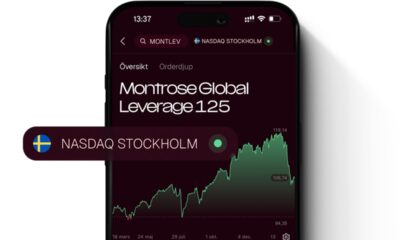
 Nyheter3 veckor sedan
Nyheter3 veckor sedan
 Nyheter4 veckor sedan
Nyheter4 veckor sedan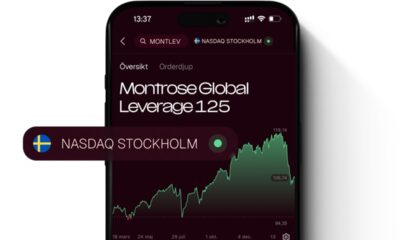
 Nyheter3 veckor sedan
Nyheter3 veckor sedan
 Nyheter3 veckor sedan
Nyheter3 veckor sedan
 Nyheter2 veckor sedan
Nyheter2 veckor sedan
 Nyheter3 veckor sedan
Nyheter3 veckor sedan
 Nyheter2 veckor sedan
Nyheter2 veckor sedan






